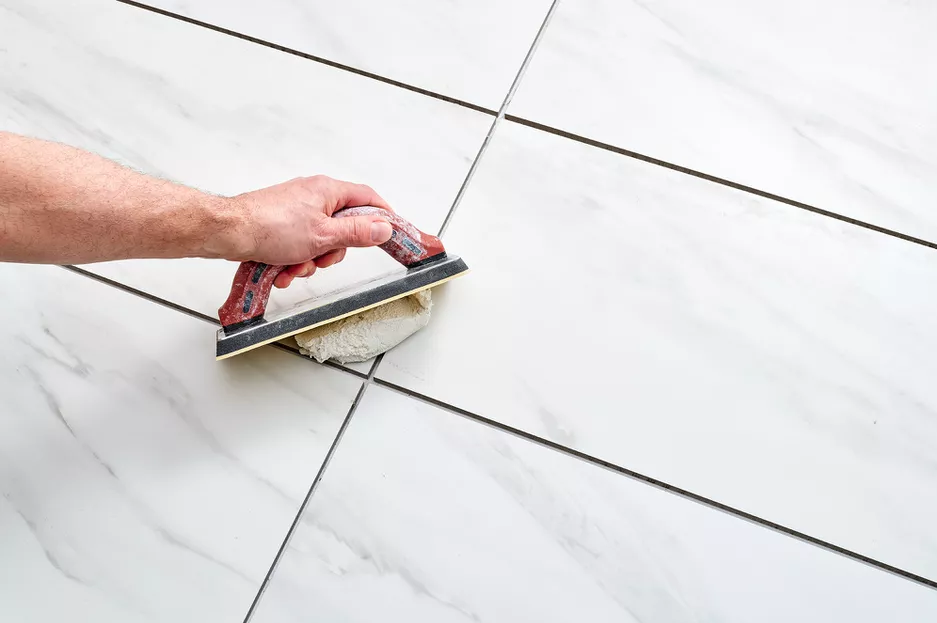HPMC for Tile An Essential Ingredient in Modern Tile Adhesives
Hydroxypropyl Methylcellulose (HPMC) is a widely used polymer in the construction industry, particularly for tile adhesives. Its unique properties make it an essential additive that enhances the performance of tile installations. In this article, we will explore the benefits of HPMC for tile adhesives, its applications, and the reasons for its popularity in modern construction practices.
What is HPMC?
HPMC is a non-ionic, water-soluble cellulose ether derived from cellulose, a natural polymer found in plant cell walls. It is produced through a chemical modification process that introduces hydroxypropyl and methoxy groups to the cellulose backbone. The resulting compound is a white, odorless powder that is easily dispersible in water, forming a viscous solution. HPMC possesses several key characteristics, such as thermal stability, water retention, and adhesion properties, which make it a valuable ingredient in tile adhesives.
Benefits of HPMC in Tile Adhesives
1. Improved Workability One of the primary advantages of HPMC is its ability to enhance the workability of tile adhesives. By increasing the viscosity of the adhesive, HPMC allows for better control during application, making it easier for contractors to spread and manipulate the adhesive without it running or sagging. This property is especially beneficial when working with large tiles or in vertical applications.
2. Water Retention HPMC exhibits excellent water retention properties, which are crucial for the curing process of tile adhesives. By retaining moisture, HPMC helps prevent premature drying of the adhesive, allowing for more effective bonding between the tile and substrate. This is particularly important in environments with low humidity or high temperatures, where adhesives can dry too quickly, leading to bond failure.
3. Enhanced Adhesion The addition of HPMC to tile adhesives improves their adhesive strength. This is essential for ensuring that tiles remain securely bonded to their substrates over time. HPMC enhances the interaction between the adhesive and both porous and non-porous surfaces, making it suitable for a wide range of tiles, including ceramic, porcelain, and natural stone.
hpmc for tile

4. Open Time Flexibility HPMC can extend the open time of tile adhesives, allowing installers to work at a more comfortable pace without worrying about the adhesive setting too quickly. This flexibility is particularly useful in intricate installations that require careful positioning of tiles.
5. Resistance to Sagging For vertical applications, sag resistance is a critical factor in tile adhesive performance. HPMC helps to mitigate sagging, allowing heavy tiles to be installed on walls without slipping. This property ensures that the alignment of tiles is maintained during the installation process, leading to a professional finish.
Applications of HPMC in Tile Adhesives
HPMC is used in a variety of tile adhesive formulations, including thin-set mortars, thick-bed mortars, and premixed adhesives. It is suitable for both interior and exterior applications, including floors, walls, and wet areas such as bathrooms and kitchens. Due to its versatility, HPMC is compatible with a wide range of additives and fillers, enabling manufacturers to create customized formulations tailored to specific project requirements.
Why HPMC is Popular in Modern Construction
The increasing emphasis on quality and durability in construction has propelled the demand for reliable tile installation solutions. HPMC’s multifaceted benefits appeal to contractors and builders striving for high-performance adhesives that ensure long-lasting results. Moreover, as sustainability becomes a focal point in construction practices, HPMC’s plant-based origins and non-toxic characteristics align with the industry's shift toward eco-friendliness.
In conclusion, Hydroxypropyl Methylcellulose is a vital component in tile adhesives, offering numerous advantages that contribute to the efficiency and effectiveness of tile installations. Its properties promote better workability, water retention, and adhesion strength, making it a preferred choice for both manufacturers and contractors. As the construction industry continues to evolve, the role of HPMC in tile adhesives is likely to remain significant, supporting architects and builders in achieving aesthetically pleasing and durable surfaces.
-
A Comprehensive Guide to Methyl Ethyl Hydroxyethyl Cellulose: Applications and Industry InsightsNewsNov.24,2025
-
Understanding Methyl 2 Hydroxyethyl Cellulose: Uses, Benefits & Industry InsightsNewsNov.24,2025
-
Hydroxyethyl Methyl Cellulose HEMC: Industrial Uses, Benefits & Future TrendsNewsNov.23,2025
-
HEMC Cellulose: Versatile & Sustainable Industrial Polymer | YoungcelNewsNov.23,2025
-
Methyl Hydroxyethyl Cellulose: Versatile Building Block for Industry & SustainabilityNewsNov.23,2025
-
CAS 9032 42 2: Understanding Polyvinyl Alcohol's Impact on Industry & SustainabilityNewsNov.22,2025




